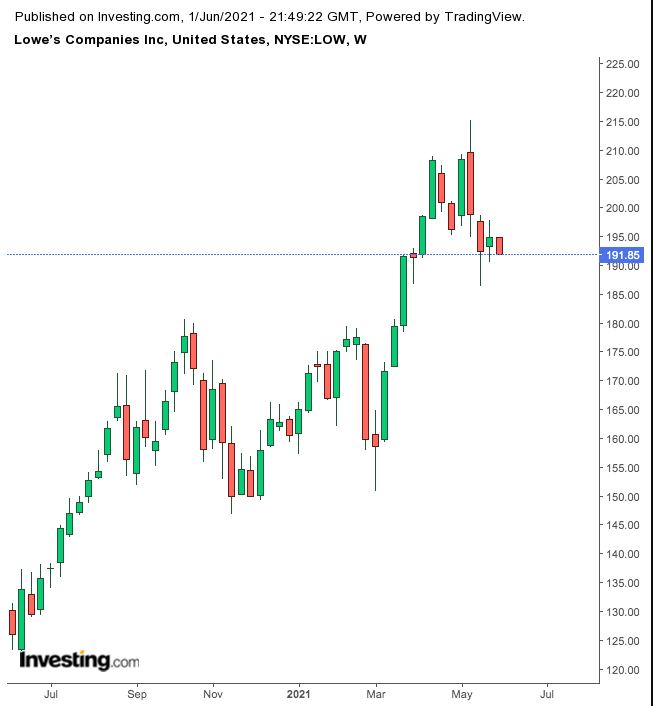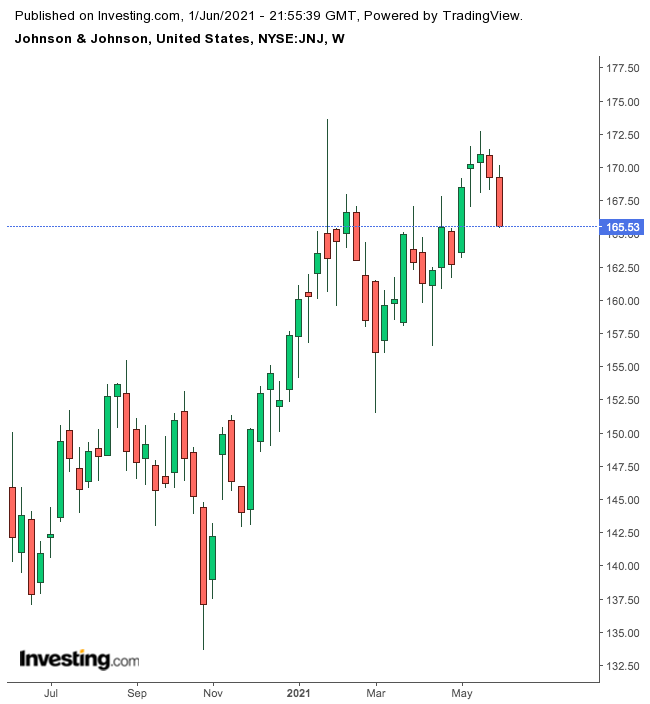A general principle of investing is the old adage: buy low and sell high.
But many investors who have made fortunes, rarely sell once they’ve bought a cash-producing asset.
This investing strategy is also very productive if your goal is to build a solid cash stream for your retirement. You can tap your dividend stocks for regular income when you need it.
And when you don’t need passive income, you can use these cash flows to re-invest and unlock the power of compounding.
Buy-and-hold stocks are generally companies that consistently pay dividends. Their payouts survive peaks and troughs, wars, depressions and asset bubbles.
Their products and services are so crucial that we can’t imagine a normal life without them. This quality has turned these companies into cash machines that never run out.
Below, we have put together a list of three dividend stocks we believe can sustain their dividends and provide a regular income stream over the next decade.
1. Lowe’s
The home-improvement giant, Lowe’s Companies (NYSE:LOW) offers one of the best avenues for long-term investors.
The No. 2 home retailer has outperformed the broader market this year, benefiting from the stay-at-home environment that prompted many Americans to put more money into their homes.
Analysts expect this trend to continue as we see more people moving out of big cities and heading to the less crowded suburbs as work from home becomes a norm after the pandemic.
This de-urbanization, low interest rates and the massive savings that Americans have accumulated during the pandemic point to continued gains for home-improvement stocks.

Shares of Lowe’s have outperformed their main rival, Home Depot (NYSE:HD), since the start of the year, but Lowe’s is still cheap on a price-to-earnings multiple, according to a recent note by Oppenheimer.
The note stated:
“We remain optimistic that ongoing internal initiatives at LOW should underpin a continued climb higher in profit rates for the company, particularly as [near-term] disruptions subside.”
Oppenheimer set a price target of $235 per share for Lowe’s, 22.5% above where the stock closed on Tuesday. Lowe’s has gained about 50% during the past year.
2. Nextera Energy
For buy-and-hold investors, we like utilities for the long-term for one simple reason: they invest billions of dollars to build assets that generate solid income for their investors.
As long as customers continue to pay their utility bills, the cash will keep rolling in.
In this space, we particularly like Nextera Energy (NYSE:NEE), the Florida-based utility that has scaled up by providing clean energy.
Nextera is the largest U.S. provider of renewable energy, supplying 22 gigawatts of clean electricity to homes and businesses in North America.
It also operates a large natural gas pipeline business as well as a growing energy storage operation.

The big difference between Nextera and other traditional utility companies is that its growth wasn’t funded by a massive injection of debt.
Instead, the company very smartly used the government subsidies and tax breaks offered to clean power producers. It mostly sells the output to utilities, many of which must procure power from green sources to meet state mandates.
Nextera has the regulated utility business, which is a big appeal for the dividend-focused investors.
With a dividend yield of 2%, Nextera pays a quarterly dividend of $0.385 a share. The company plans to raise that by 10% annually, at least through the end of 2022.
3. Johnson & Johnson
The New Jersey-based health-care giant is exactly the kind of investment that buy-and-hold investors prefer.
Johnson & Johnson (NYSE:JNJ) is one of the world’s most powerful brands. Through its three business units, the conglomerate runs more than 260 companies across the world.
When it comes to rewarding investors, few companies have done better than Johnson & Johnson. The company has increased its quarterly dividend rate every year for 59 consecutive years.
This remarkable performance puts the health-care provider among an elite group known as Dividend Kings, companies with at least five decades of annual dividend hikes.

The current public-health environment further strengthens JNJ’s position, where it’s benefiting from strong demand for its over-the-counter products.
The company makes everything from innovative cancer therapies to medical devices and over-the-counter staples, like pain reliever, Tylenol.
In April, JNJ announced a 5% hike in its quarterly dividend to $1.06 a share after reporting a rebound in its medical device business.
Overall, J&J reported first-quarter adjusted earnings per share of $2.59, up from $2.30 a year earlier.
